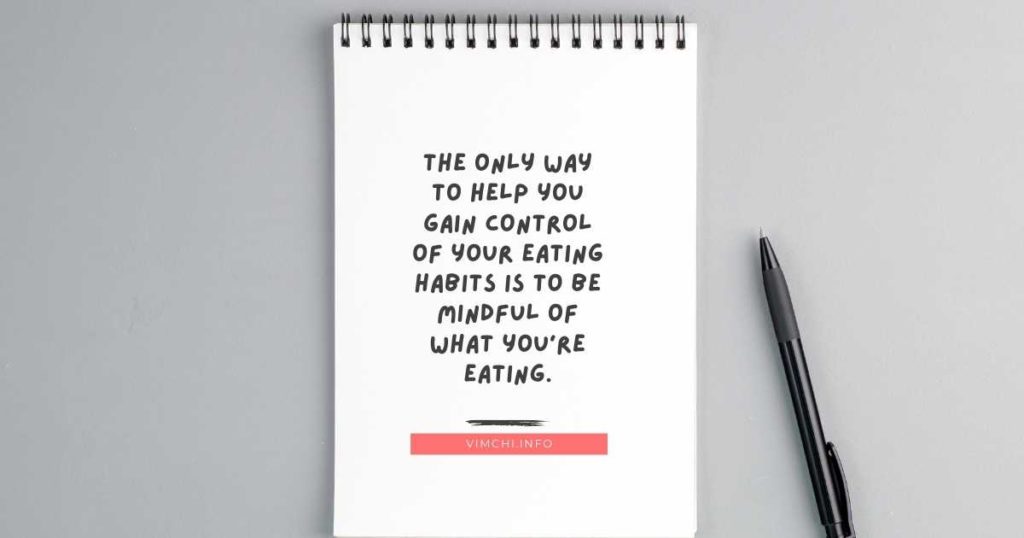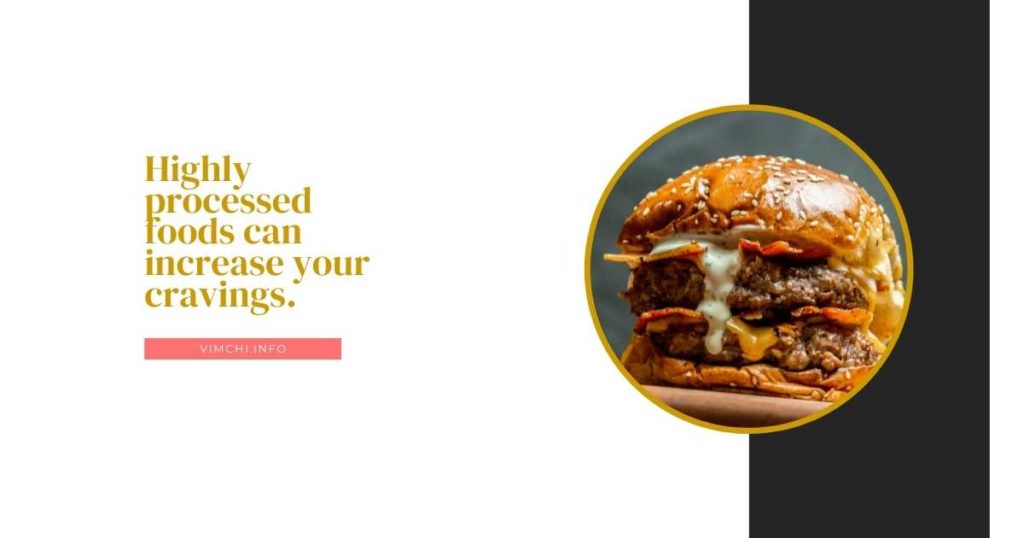
A lot of people are getting more interested in intermittent fasting. And now, people are talking about the extreme version of intermittent fasting. What is OMAD intermittent fasting exactly? Is this safe? How does it work?
Let’s find out here. Keep reading.
What is OMAD Intermittent Fasting?
OMAD or one meal a day is the extreme version of intermittent fasting. It’s also known as a 23:1 regimen.
With OMAD, you need to fast for 23 hours and eat during a 1-hour eating window. The less strict version of OMAD is the 16:8 plan, which requires you to fast for 15 hours and eat within the 8-hour window.
Although intermittent fasting has several health benefits, experts are more cautious about eating one meal a day. For most people, this type of fasting can be challenging because it can get in the way of their old habits.
However, OMAD has been around even before it has become popular. Some Buddhists have been following it.
Even though this type of intermittent fasting can be quite challenging for most people, there are ways to help you follow it successfully. In fact, you can make it a lifestyle.
What to do to Ensure You Can Eat Only One Meal a Day?

If you wish to follow this diet and make it a lifestyle, there are ways to survive in this type of eating plan.
Control Your Eating Habits
The only way to help you gain control of your eating habits is to be mindful of what you’re eating. You just have to stop thinking about food.
When you practice mindfulness, you will learn how to control your hunger. You can start meditation. It’s a form of mindfulness that can help you develop focusing skills.
One of the challenges of OMAD is that you will always think about food. Everywhere you look, you see food.
If you start practicing meditation, you can control your mind to stop focusing on food. Instead, you start to focus on something else.
At first, OMAD can feel like torture. However, with constant practice, you can begin clearing your mind and concentrate on more important things to complete.
Take Calorie-Free Drinks
To help get you through 23 hours of not eating, you may drink black coffee, tea, and other calorie-free beverages.
When you drink them, make sure that you don’t add sweeteners. Even if the sweetener has no calories. Keep in mind that sugar can trigger your hunger pangs, thereby, making it more difficult to finish this diet.
However, when you get the hang of it, you can start drinking only water during the fasting period.
Skip Highly Processed Food

Highly processed foods can increase your cravings. The USDA defines processed food as something that changed its natural state. It means that the food has been washed, cleaned, cut, chopped, milled, blanched, etc. If the food has been altered from its natural state, then it is processed food.
Some processed foods are healthy. But if they are highly processed, they will make you eat more. According to the US National Institutes of Health, ultra-processed foods can affect hunger hormones in the body. As a result, you are likely to eat a lot of food.
Here are the most common examples of highly processed foods:
- Sugary drinks, like energy drinks, fruit punch, and carbonated soft drinks
- Chips, cookies, and other savory packaged snacks
- Sweetened cereals
- Cake, brownie, and other baking mixes
- Frozen meals
- Powdered instant soups
- Candies
- Bread and buns
This isn’t an exhaustive list of highly processed food. If the food has ingredients that you can’t pronounce, then it’s likely that it is ultra-processed.
Instead of ultra-processed food, you need to focus on eating only healthy foods. These would include fresh vegetables, chicken, fish, beans, eggs, pasteurized milk, and eggs. These foods go through minimal processing.
Exercise Only If It’s Close to Your Eating Window
Working out can be exhausting. It can increase your hunger pangs. Thus, you should exercise an hour before your meal.
Exercise can affect your hunger hormones, which can be activated when your stomach is empty.
But some OMAD followers do carry out an intense workout and they don’t feel hungry. They can last for more than 23 hours of not eating anything.
If you’re the type of person who gets hungry after working out, then you should only exercise either after a meal or closer to your next meal.
Summary
What is OMAD intermittent fasting? It’s an extreme form of intermittent fasting and some experts are skeptical of it. But there are ways to help you survive and make it a lifestyle. To make OMAD a lot easier, here are some meal ideas to try.
Speak Now ... Or Forever Hold Your Peace